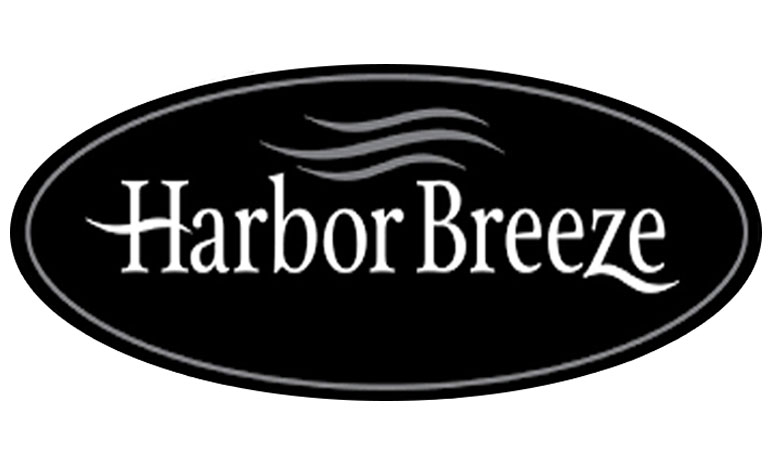Ceiling fans are not only functional but also add an aesthetic appeal to any room. They provide cooling comfort during hot summer days and help circulate warm air during winter months. In this comprehensive guide, we will explore the key considerations for choosing the right ceiling fan, present the top ceiling fans in the market, discuss energy-efficient options, provide installation instructions, and offer maintenance tips for optimal performance.
Key Considerations for Choosing a Ceiling Fan
- Room size: Select a fan that suits the room size for optimal airflow.
- Ceiling height: Ensure the fan is mounted at the appropriate height to maintain safety and efficiency.
- Blade material and design: Choose blades that match your style while considering factors such as material, size, and shape.
- Motor power and efficiency: Look for fans with powerful yet energy-efficient motors.
- Controls and features: Consider features such as remote controls, dimmable lights, and reversible airflow options.
Top 10 Ceiling Fans in the Market
- Brand A – Model X: Highlight key features, such as advanced motor technology and stylish design.
- Brand B – Model Y: Emphasize energy efficiency, quiet operation, and integrated smart home capabilities.
- Brand C – Model Z: Discuss unique features, such as bladeless design and innovative airflow patterns.
- …
Energy-Efficient Ceiling Fans
- Energy Star certified fans: Look for the Energy Star label to ensure high energy efficiency and potential savings on utility bills.
- LED lighting: Opt for ceiling fans with integrated LED lights, as they consume less energy than traditional lighting options.
- DC motor technology: Choose fans with DC motors, which are more energy-efficient and operate quietly.
How to Install a Ceiling Fan
- Turn off the power: Always start by turning off the electricity to the room or the specific circuit.
- Assemble the fan: Follow the manufacturer’s instructions to assemble the fan components.
- Mount the fan bracket: Attach the fan bracket securely to the ceiling.
- Connect the wiring: Connect the fan’s wiring to the electrical box in the ceiling.
- Attach the fan blades: Securely attach the fan blades to the fan motor.
- Test and balance: Turn the power back on and ensure the fan operates smoothly. Balance the fan if necessary.
Maintenance Tips for Ceiling Fans
- Regular cleaning: Dust the fan blades regularly to maintain optimal airflow and prevent buildup.
- Lubrication: Apply lubricating oil to the fan motor to ensure smooth operation.
- Tighten screws and connections: Periodically check and tighten any loose screws or electrical connections.
- Seasonal direction: Adjust the fan direction based on the season to maximize cooling or heating efficiency.
Conclusion Choosing the right ceiling fan for your home involves considering various factors such as room size, blade design, motor efficiency, and features. With our comprehensive guide, you can make an informed decision and select a ceiling fan that meets your needs while enhancing the comfort and aesthetics of your living space. Remember to install the fan correctly and perform regular maintenance to enjoy its benefits for years to come.
You may also like
-
Delhi Agra Jaipur Tour – Best Golden Triangle Tour Packages
-
Union Developers– A Trusted Real Estate Developer in Pakistan
-
Budget-Friendly Sustainable Canvas Bags in UAE That Make a Big Impact
-
How to Experience the Thrill of the Slope Game!
-
United Airlines Flight UA770 Emergency Diversion: A Closer Look

